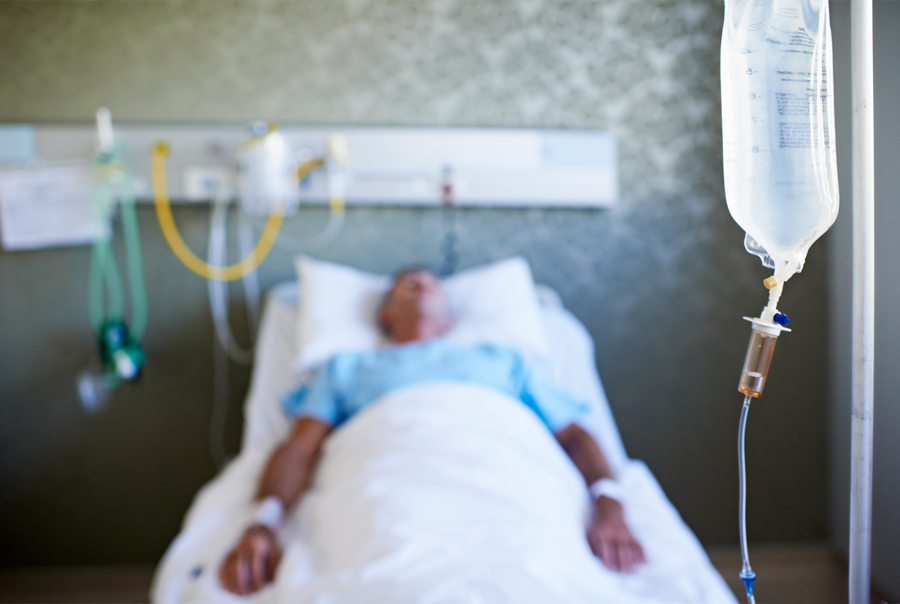A Shortage of IV Fluid Is Hitting Massachusetts Hospitals
Adjustments are being made amid a national problem.

photo via istock.com/kupicoo
A shortage of bags containing IV fluid touched off by hurricane damage in Puerto Rico has hit hospitals around the country, and institutions like Massachusetts General Hospital have had to make some adjustments to keep up.
That’s according to Mass General’s chief medical officer Dr. O’Neil Britton, who shared an inside look on WBUR this week at just how much the problem is affecting care at home.
“There is a general worry,” he said, adding that he does not believe it’s impacted patient care and that nurses have stepped up at a time when many are on edge about whether the problem will deepen. The hospital has also made use of a Hospital Incident Command System typically reserved for crises to address the issue, WBUR reports.
The problem comes in the wake of the devastation in Puerto Rico from Hurricane Maria, which damaged the island’s many pharmaceutical manufacturing plants and has impacted the flow of drugs to the rest of the U.S. Even without a hurricane, this aspect of patient care has always been especially volatile. The FDA reports that saline solution has “been intermittently in shortage dating back to 2014.” But the storm has made it much worse, and the FDA is now monitoring 90 products at risk of shortage.
So at hospitals like Mass. General, nurses have begun taking a number of steps to use fewer of the bags, Britton said. They are being encouraged to give some medications orally, or inject them directly, rather than through an IV drip bag. Hospitals have started manually filling the smaller “mini-bags”—which are in particularly short supply—in-house. The American Society of Health System Pharmacists has also released a set of detailed recommendations on how to make every drop count. But all of those workarounds can add to the time it takes for a nurse to care for a patient and increase the cost of that care to the hospital, not to mention add to the workload of an already stressful job.
The FDA now hopes to see the problem resolved by the end of the year, and industry watchers think supply should get closer to normal levels sometime in early 2018. Let’s hope so.


